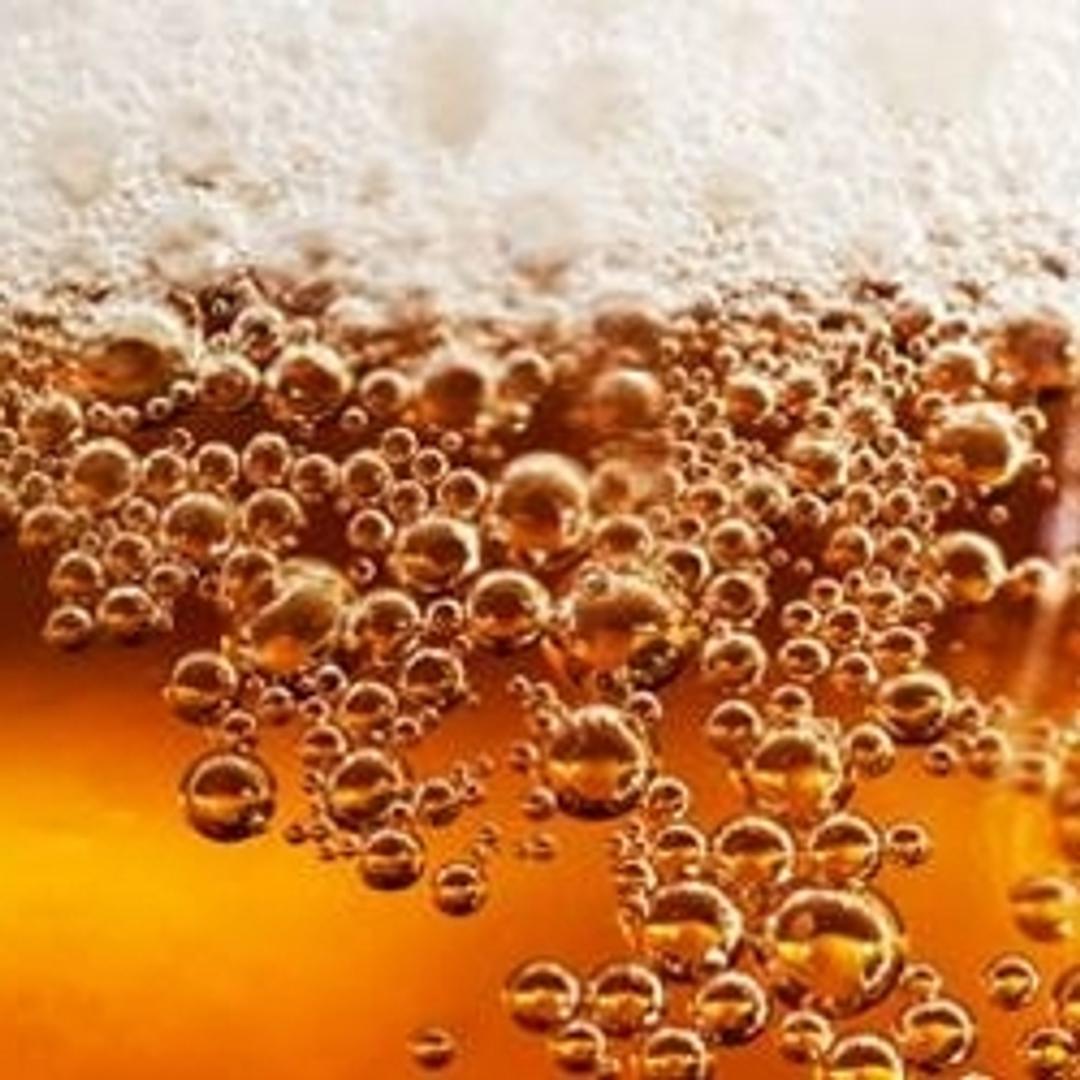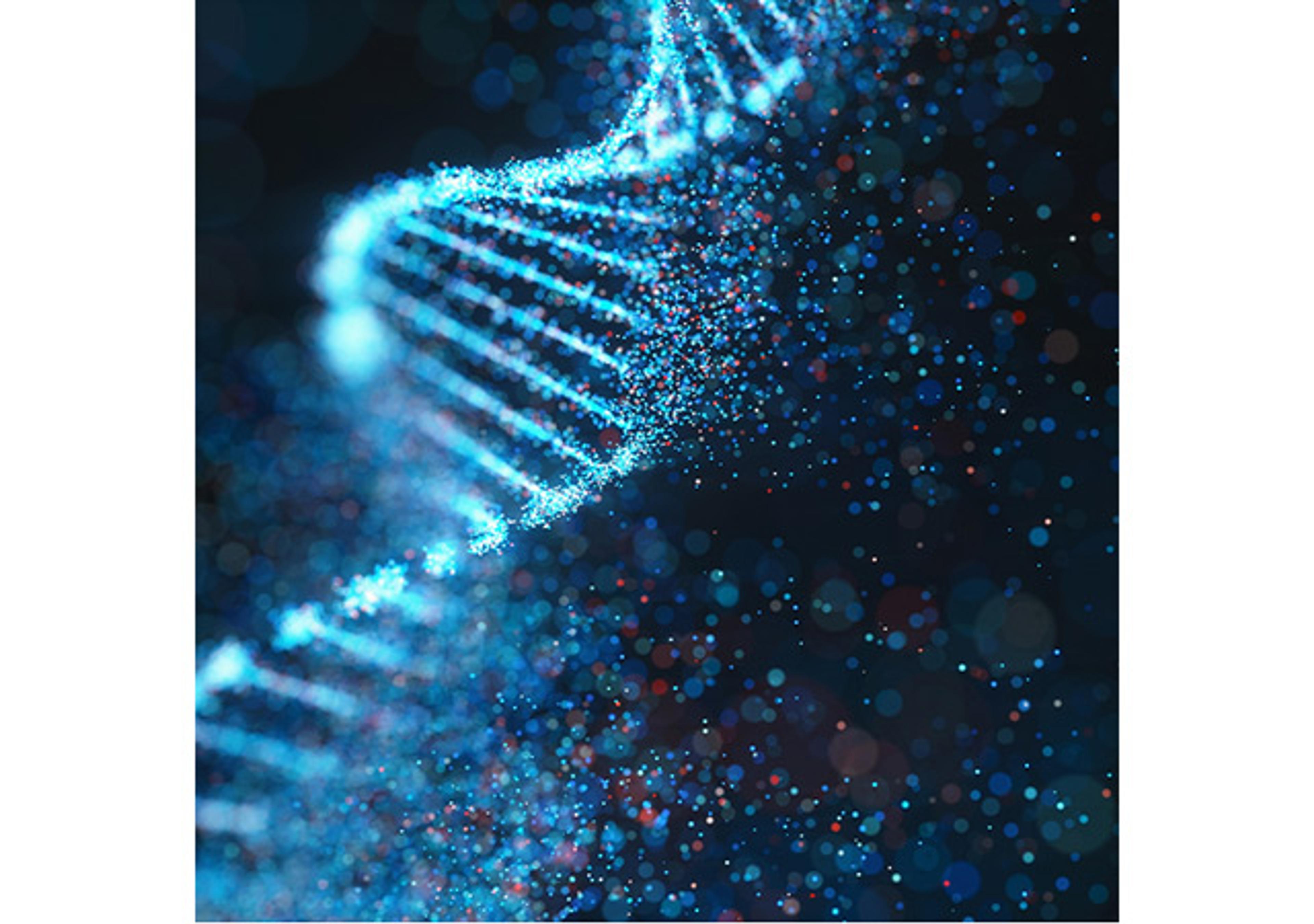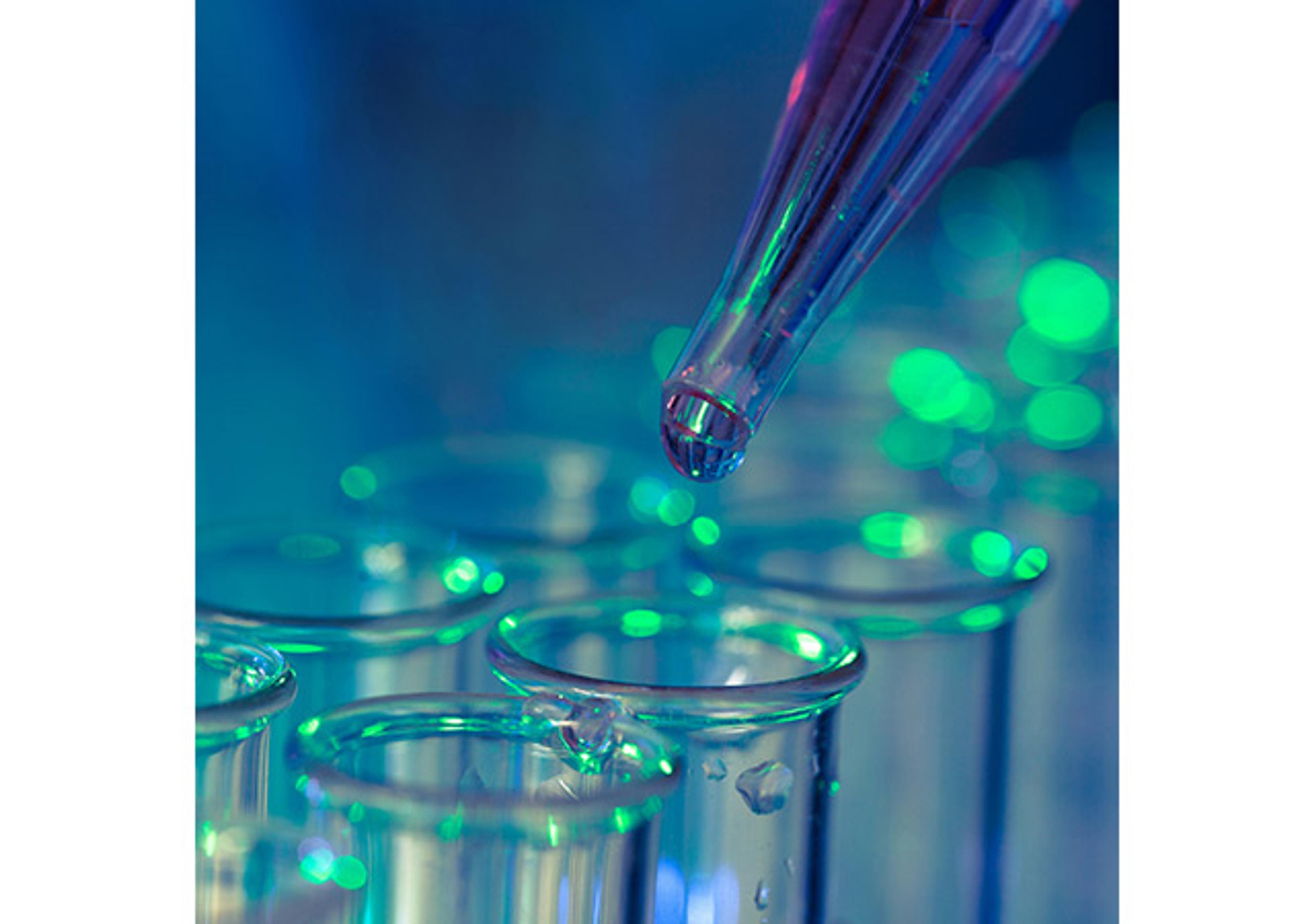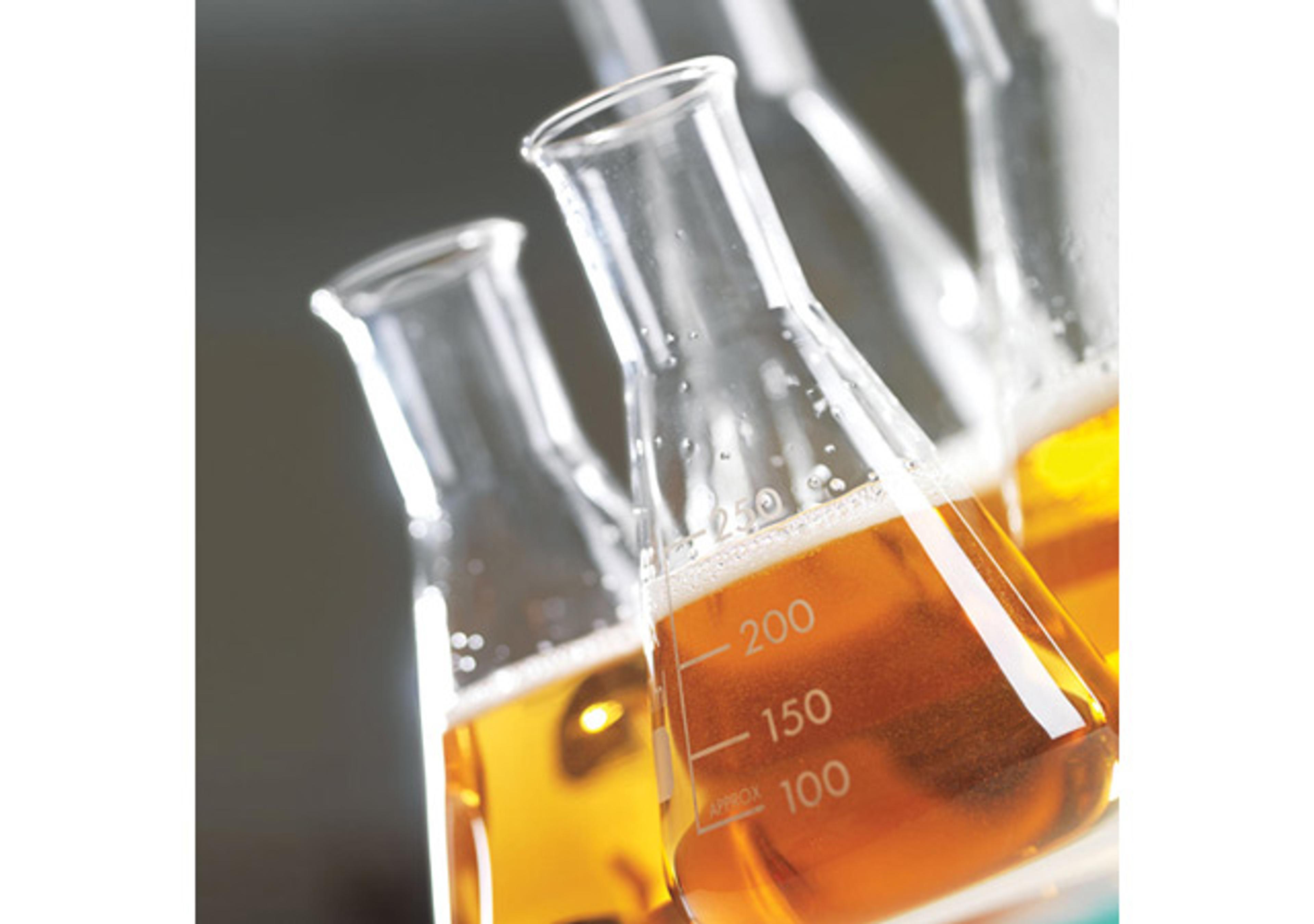Beer Freshness Package
Electron Spin Resonance for Beer Freshness

The supplier does not provide quotations for this product through SelectScience. You can search for similar products in our Product Directory.
Oxidative staling of beer occurs by a free radical process. During storage, even trace amounts of transition metals such as iron or copper will catalyze the conversion of molecular oxygen to what are known as "reactive oxygen species" (ROS). One such ROS is the hydroxl free radical which rapidly oxidizes components of the beer to free radicals. Beer derived free radicals react further, creating a chain reaction that results in carbonyl end products such as aldehydes and ketones, giving beer a "cardboard like" flavor.
Antioxidants in beer help them to resist free radical oxidation and although oxidation is inevitable over time, it can be minimized by optimizing brewing operations and storage conditions to provide maximum antioxidant content in packaged beer.
The EPR oxidation profile provides an analytical measure for evaluating the overall antioxidant status of a beer at each stage of the brewing process and provides a useful prediction of shelf life of a finished beer before it goes through costly packaging and distribution.
This key information allows manufacturers to optimize their production process and take corrective action earlier in the process, ensuring the freshness and product stability of the final product. The Beer Freshness Package has been updated to include Bruker’s microESR benchtop instrument, which is fully supported by applications training, customized reagents, GMP Flavor Standards and technical support.














